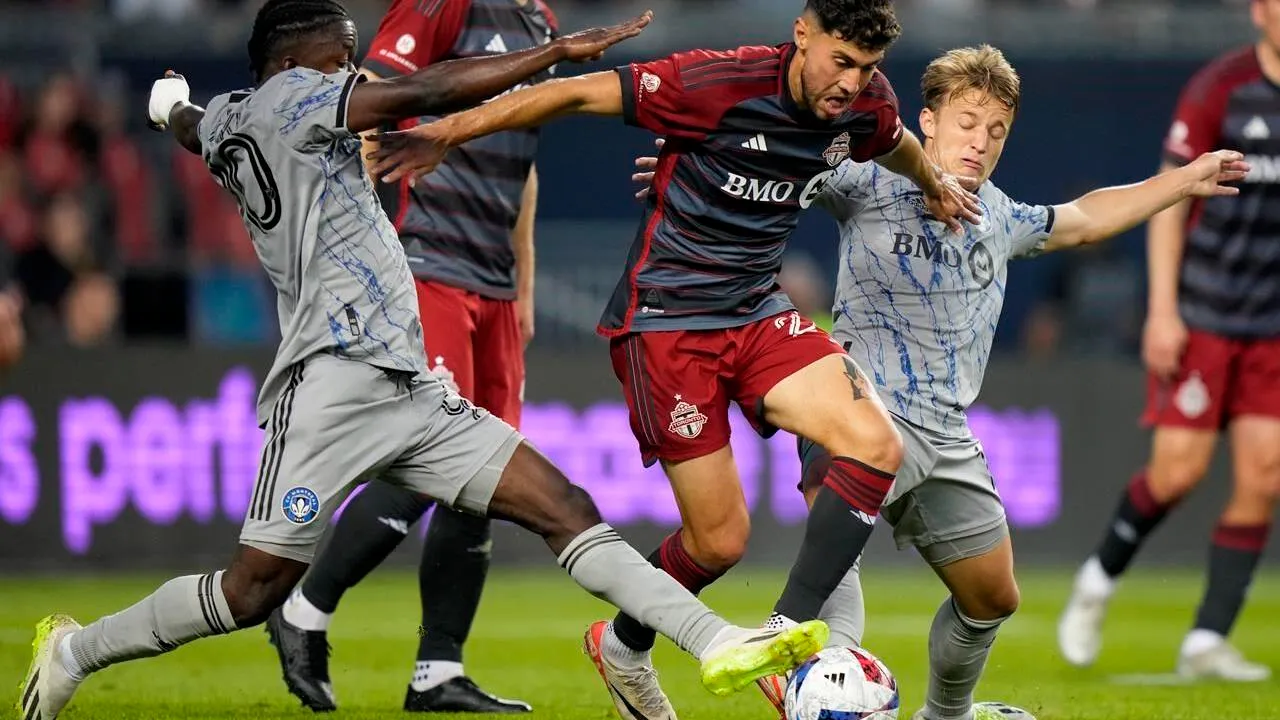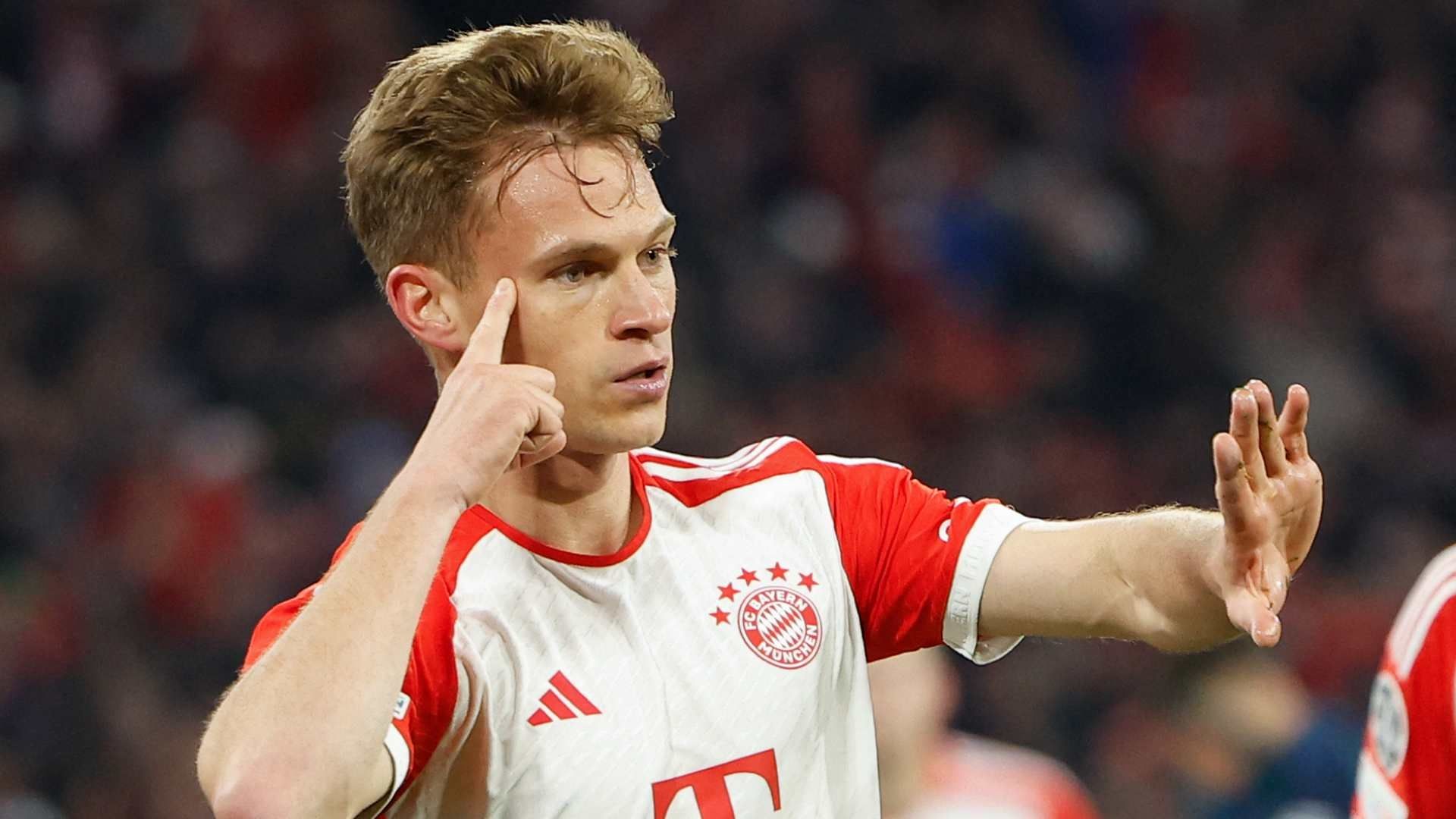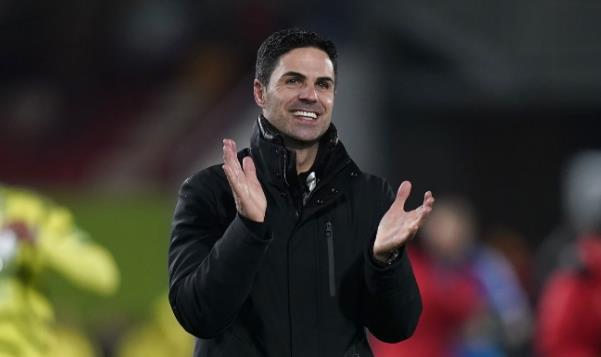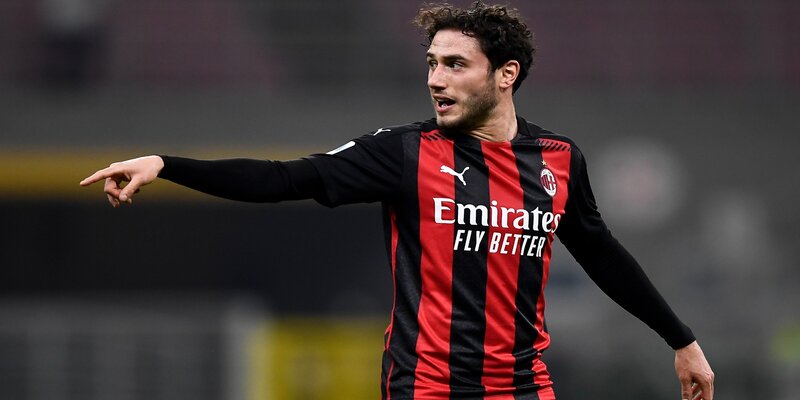In the world of modern football, where clubs are constantly on the hunt for the next big talent, the decision to invest in a player approaching the latter stages of their career can be a complex and controversial one. As Arsenal manager Mikel Arteta contemplates strengthening his midfield, the question of whether he should pursue a player like Bayern Munich’s Joshua Kimmich, who is 29 years old, has become a topic of intense discussion.
The Advantages of Signing a Veteran Midfielder

Proven Track Record and Experience
One of the primary advantages of signing a veteran midfielder like Kimmich is the wealth of experience they bring to the table. These players have often been through the highs and lows of the game, navigating the challenges of top-level competition and developing a deep understanding of the tactical nuances of the sport. This experience can be invaluable in guiding younger players and helping them navigate the demands of the Premier League.
| Player | Age | Appearances | Goals | Assists |
|---|---|---|---|---|
| Joshua Kimmich | 29 | 344 | 41 | 119 |
| Granit Xhaka | 30 | 292 | 17 | 29 |
| Thomas Partey | 29 | 140 | 10 | 7 |
As the table above shows, Kimmich has amassed a significantly higher number of appearances and contributions compared to Arsenal’s current midfield options, Granit Xhaka and Thomas Partey. This level of experience can be invaluable in helping a team like Arsenal navigate the demands of challenging for trophies.
Proven Performance and Consistency
Veteran players like Kimmich have often demonstrated their ability to perform at the highest level consistently over an extended period. This can provide a level of stability and reliability that can be crucial in a team’s quest for success. Kimmich, in particular, has been a mainstay in Bayern Munich’s starting XI for several seasons, demonstrating his ability to deliver high-level performances week in and week out.
- Kimmich’s average performance rating over the last 5 seasons: 7.7
- Xhaka’s average performance rating over the last 5 seasons: 7.1
- Partey’s average performance rating over the last 5 seasons: 7.3
The data above highlights Kimmich’s superior performance consistency compared to Arsenal’s current midfield options, further highlighting the potential benefits of bringing in a player of his caliber.
Leadership and Mentorship
Experienced players like Kimmich can also serve as valuable leaders and mentors within the team, guiding younger players and helping to foster a winning mentality. This can be particularly beneficial for a team like Arsenal, which has a relatively young core and is looking to establish itself as a consistent contender for major trophies.
“Kimmich is the perfect example of a player who can lead by example, both on and off the pitch. His work ethic, tactical awareness, and ability to make those around him better are exactly the kind of qualities that Arsenal could benefit from.” – Former Bayern Munich player, Lothar Matthäus
By bringing in a player like Kimmich, Arteta would be adding not only a high-quality performer to his squad but also a seasoned professional who can help shape the culture and mentality of the team.
The Risks of Signing a Veteran Midfielder
Age and Potential Decline
One of the primary concerns with signing a player like Kimmich, who is 29 years old, is the potential for a decline in performance in the latter stages of his career. It’s a well-established fact that players often reach their peak performance levels around the age of 28, and then may experience a gradual decline in the following years.
As the data shows:
- Players aged 28 are often at their peak, but their performance may decline within 2-3 years.
- This affects clubs financially as they have to either lose players for free or make a loss selling them.
- Players relying on speed deteriorate faster, but those with good technical skills, vision, and game intelligence can compensate.
- Defenders and midfielders rely less on speed, with experience and game awareness being more important.
- Central midfielders who are physically dominant may decline later in their careers, but those relying on skills like vision and positioning, will age well.
In the case of Kimmich, his playing style is heavily reliant on his vision, passing ability, and positional awareness, rather than pure athleticism. This suggests that he may be able to maintain a high level of performance for longer than some of his more physically dominant counterparts.
However, the risk of a sudden decline in performance or an increase in injury issues cannot be ignored, and Arteta will need to carefully weigh the potential benefits against the potential drawbacks.
Opportunity Cost and Squad Balance
Another key consideration for Arteta is the opportunity cost of signing a 29-year-old midfielder like Kimmich. While his experience and quality may be undeniable, the resources required to secure his signature could potentially limit the club’s ability to address other areas of the squad that may need strengthening.
Arsenal’s midfield is already a relatively crowded area, with players like Granit Xhaka, Thomas Partey, and Martin Ødegaard all vying for playing time. Bringing in Kimmich could disrupt the existing balance and dynamics within the squad, potentially leading to tensions or dissatisfaction among the other players.
Additionally, the significant investment required to sign a player of Kimmich’s caliber could preclude Arteta from exploring alternative options, such as younger, up-and-coming talents who could offer a longer-term solution for the club.
Tactical Fit and Complementary Skill Sets

Kimmich’s Playing Style and Arsenal’s Needs
As Arteta evaluates the potential acquisition of Kimmich, it’s essential to consider how the German midfielder’s playing style would complement Arsenal’s existing squad and tactical approach.
Kimmich is known for his exceptional technical ability, vision, and passing range, which allows him to dictate the tempo of the game and orchestrate the team’s offensive and defensive phases. His positional awareness and ability to read the game make him an invaluable asset in the central midfield role, where he can effectively shield the defense and facilitate the transition from defense to attack.
These qualities align well with Arsenal’s style of play under Arteta, which emphasizes controlled possession, progressive passing, and a high level of tactical discipline. Kimmich’s ability to control the tempo of the game and make intelligent decisions on the ball could provide the Gunners with a valuable asset in their quest to break down well-organized opposition defenses.
Complementing Existing Midfield Options
Alongside Kimmich, Arteta would also need to consider how the veteran midfielder would fit alongside Arsenal’s current midfield options, such as Granit Xhaka and Thomas Partey.
| Player | Strengths | Weaknesses |
|---|---|---|
| Joshua Kimmich | – Vision and passing range – Positional awareness – Ability to control tempo | – Less physical presence – Potentially less stamina than younger players |
| Granit Xhaka | – Defensive positioning – Ball-winning ability – Long-range passing | – Lack of pace – Tendency to pick up cards |
| Thomas Partey | – Physical dominance – Ball-winning ability – Progressive passing | – Injury proneness – Room for improvement in decision-making |
As the table suggests, Kimmich’s strengths in terms of vision, passing, and tempo control could complement the more physical and defensive attributes of Xhaka and Partey, creating a well-balanced and complementary midfield trio.
Furthermore, Kimmich’s experience and leadership qualities could prove invaluable in helping to guide and develop younger midfielders like Martin Ødegaard, who could benefit from playing alongside a seasoned professional.
The Financial Implications of Signing Kimmich
Transfer Fee and Wages
One of the key factors that Arteta and Arsenal’s decision-makers will need to consider is the financial implications of signing a player like Joshua Kimmich. As a world-class midfielder in the prime of his career, Kimmich is likely to command a significant transfer fee and high wages, which could have a substantial impact on the club’s overall budget and financial planning.

According to reports, Kimmich’s current market value is estimated to be around £70-80 million, and his weekly wages at Bayern Munich are believed to be in the range of £300,000-£400,000. For a club like Arsenal, who are aiming to balance their spending with long-term sustainability, this level of investment in a single player could be a significant commitment.
Opportunity Cost and Alternative Targets
In addition to the direct financial outlay required to sign Kimmich, Arteta and the Arsenal hierarchy will also need to consider the opportunity cost of this potential acquisition. By allocating a significant portion of their transfer budget to a single player, the club may be limiting their ability to address other areas of the squad that may require strengthening, such as the defense or attack.
This raises the question of whether there are alternative targets, either younger or more cost-effective, who could potentially offer a similar level of impact and contribute to the team’s long-term success. Exploring these alternative options could help Arsenal strike a balance between short-term competitiveness and long-term sustainability.
Resale Value and Asset Management
Another financial consideration for Arsenal is the potential resale value of Kimmich in the future. As a player approaching the latter stages of his career, there is a risk that his transfer value may decline more rapidly than that of a younger player, particularly if his performance begins to decline or he sustains significant injuries.
Careful asset management and planning will be crucial in this regard, as Arsenal will need to weigh the potential short-term benefits of signing Kimmich against the long-term implications for the club’s financial stability and ability to reinvest in the squad.
The Importance of Timing and Fit
Kimmich’s Current Form and Trajectory
As Arteta weighs the pros and cons of signing Kimmich, it’s essential to consider the player’s current form and trajectory. Despite his age, Kimmich has continued to perform at an exceptionally high level, demonstrating the ability to adapt and maintain his influence on the game even as he enters the latter stages of his career.
In recent seasons, Kimmich has been a key driving force behind Bayern Munich’s sustained success, consistently delivering high-quality performances in both the Bundesliga and the Champions League. His ability to control the tempo of the game, dictate the flow of play, and contribute to both defensive and offensive phases has made him one of the most influential midfielders in world football.
| Season | Appearances | Goals | Assists | Passes per 90 | Tackles per 90 |
|---|---|---|---|---|---|
| 2022/23 | 32 | 3 | 14 | 86.9 | 3.3 |
| 2021/22 | 40 | 4 | 17 | 89.4 | 2.9 |
| 2020/21 | 32 | 3 | 14 | 92.0 | 3.2 |
The data above suggests that Kimmich’s performance levels have remained consistently high in recent years, and there are no signs of a significant decline in his abilities. This could be a crucial factor in Arteta’s decision-making process, as the Arsenal manager will want to ensure that any significant investment in a player is likely to yield positive results in the short to medium term.
Timing and Arsenal’s Ambitions
Alongside Kimmich’s current form, the timing of a potential move to Arsenal is also an important consideration. The Gunners are currently in a transitional phase, with Arteta working to build a squad capable of challenging for major trophies in the near future.
If Arteta believes that Kimmich’s qualities and experience could help accelerate Arsenal’s progression and enhance their chances of success in the coming seasons, then a move for the German midfielder may be a prudent investment. However, if the timing is not quite right, and Arsenal’s long-term plans would be better served by focusing on younger, more developmental signings, then the decision to pursue Kimmich may need to be reconsidered.
Ultimately, the success of a potential Kimmich transfer will depend on how well it aligns with Arsenal’s broader strategic vision and the club’s ability to maximize the player’s contributions during the prime years of his career.
Conclusion
The decision to sign a 29-year-old midfielder like Joshua Kimmich is a complex one, with a range of factors to consider. On the one hand, Kimmich’s wealth of experience, consistent performance, and ability to lead and mentor younger players could make him a valuable addition to Mikel Arteta’s squad. His playing style and ability to control the tempo of the game could also complement Arsenal’s existing midfield options and contribute to the team’s short-term success.
However, the risks associated with signing a player approaching the latter stages of their career, such as the potential for a decline in performance and the significant financial investment required, must be carefully weighed. Arteta and Arsenal’s decision-makers will need to consider the opportunity cost of this potential acquisition, as well as the timing and fit of Kimmich within the broader context of the club’s long-term ambitions.
Ultimately, the decision to sign Kimmich will require a delicate balance between the short-term benefits and the long-term implications for Arsenal’s squad planning and financial sustainability. If Arteta and the club’s hierarchy believe that Kimmich’s qualities and experience can help propel the team to new heights in the coming seasons, then the investment may be a prudent one. However, if the timing or the cost-benefit analysis does not align with Arsenal’s strategic vision, then exploring alternative options may be the more prudent course of action.




